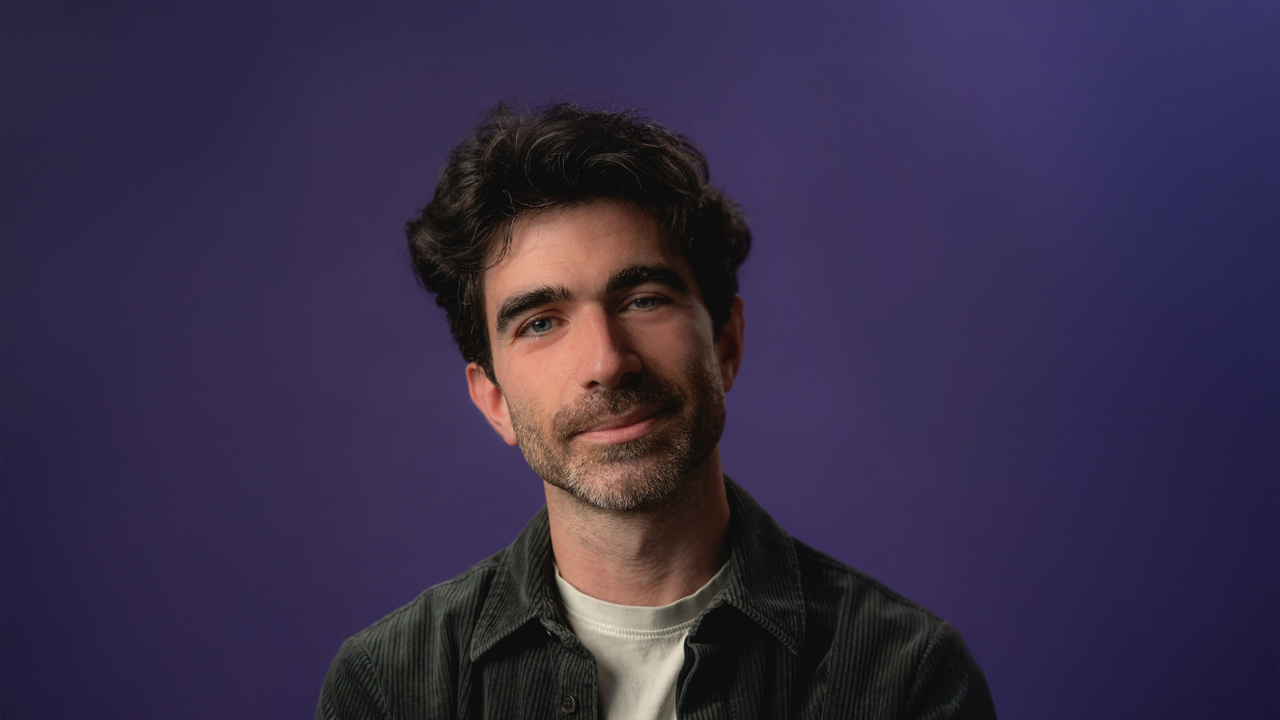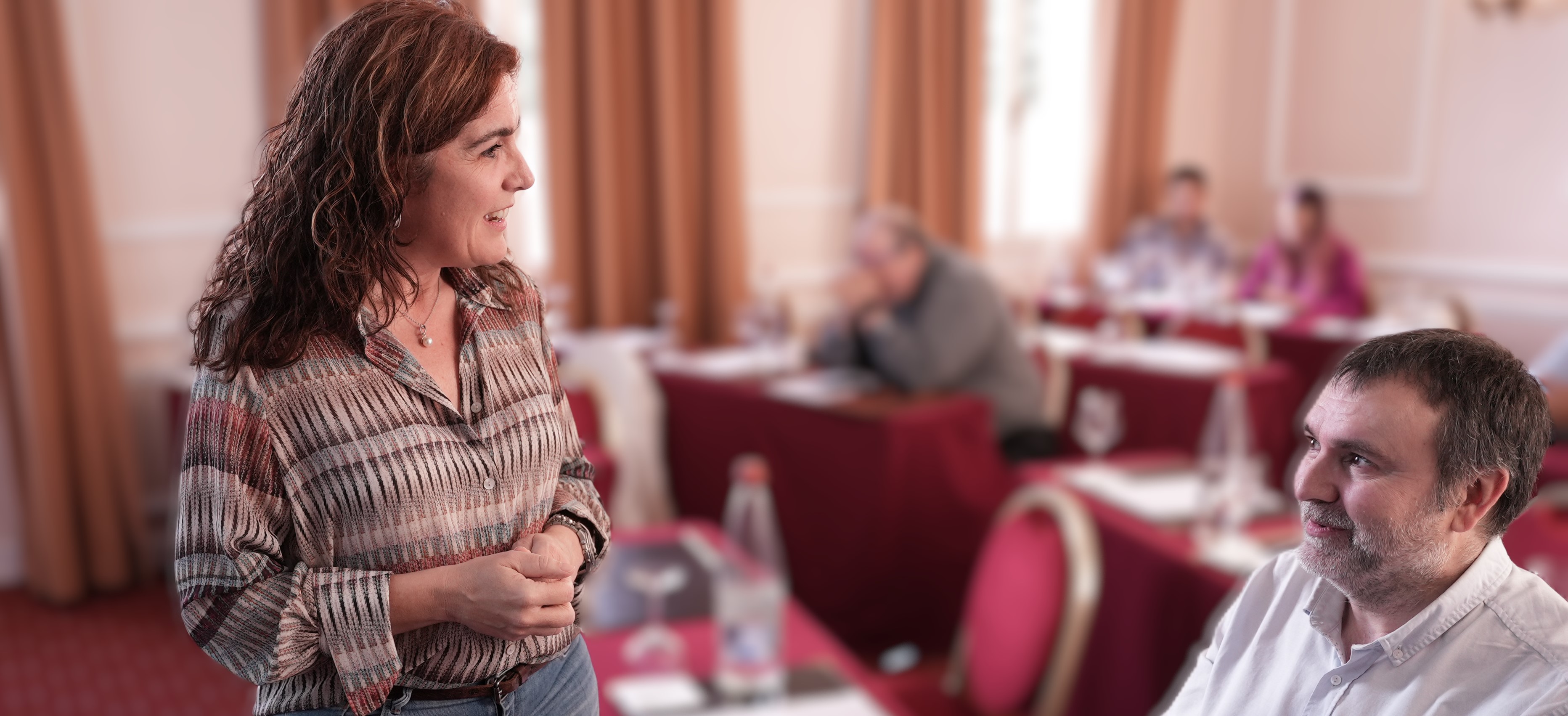
“Storytelling for today & beyond: Immersive tools for building audience and community”.
Laura Hertzfeld is an expert in immersive storytelling. In this short talk and conversation starter, Laura showcases examples of immersive storytelling across journalism history and looks at how learning new tools as our industry adapts to technological shifts can be applied across all types of stories and content platforms.
📋 A little background to get you started
Laura Hertzfeld began her career as an energy journalist.
When she joined Yahoo in 2003, the Internet was booming. An unavoidable question then arose: how could content be promoted on the Internet?
With the acceleration of digital technology, over the last ten years she has been particularly interested in immersive storytelling. But also the way in which Artificial Intelligence can serve this type of storytelling.
🗒️ The pleasure of producing information
There are two fundamental principles to remember: the fact that we like to tell stories and the fact that we want to engage our audience.
But not everyone has this appetite. To achieve this, and make the dream a reality, to paraphrase Walt Disney, we need to find the people in the editorial departments who do. “Build a community of people, explains Laura Hertzfeld, who want to tell stories differently”.
🤖 Examples of innovation
- “You are there”
There are examples of innovative storytelling as far back as the 1950s. Take the case of Walter Cronkite, a leading television news presenter.
He produced a series called “You are there” in which he staged dramas and guided viewers through these historic events.
- Tribute to George Floyd (LA Times & Yahoo)
Four “Black Lives Matter” murals in Los Angeles were captured as 3D models using drone photogrammetry.
These murals were painted in the wake of Floyd’s assassination and the journalists wanted to make them last in time, by capturing them and allowing viewers access to them.
- “Restoring the sound of Notre Dame”
The New York Times proposed an immersive format to report on the issues surrounding the acoustic reconstruction of Notre-Dame.
- The Messy Truth VR Experience
“The Messy Truth VR Experience” is an Emmy Award-winning virtual reality series designed to build empathy. Each episode is based on a true story and literally puts the viewer in the shoes of people from other backgrounds.
Each episode is based on a true story and literally puts the viewer in the shoes of people from other backgrounds – sexual harassment, racism, etc. – with actors and a camera showing the reality of the events as seen by the victim.
An overview here.
- The work of the Felix & Paul studio
This studio offered an immersive experience in space with the project “Space explorers”, an immersive journey.
Click here to watch the masterclass video:
🎨 Taking inspiration from artists and using AI to help
Artists can be a good source of inspiration, particularly because they draw on emotions and create feelings.
There are many examples of sensory walks and immersive experiences.
Some studios also use VR to experiment with crisis situations.
Like Head Set Immersive, a very interesting new organisation that offers VR training, particularly for journalists travelling to high-risk areas.
☝️ Tips for using AI and why use AI?
- Be transparent in its use
Target the objective :
- Ask yourself the question “why” use this format rather than another?
Find the audience :
- Where are our audiences going? What platforms are they on?
How can we capitalise on this?
- Improve the user experience and engage them with your content. This type of content doesn’t necessarily have to be paid for, but it should serve as “bait” for a new audience.
- don’t overlook the power of word of mouth
- observe who would be likely to finance such formats
- don’t look for sophisticated tools, but rely on your telephone and the external help of a designer, for example

